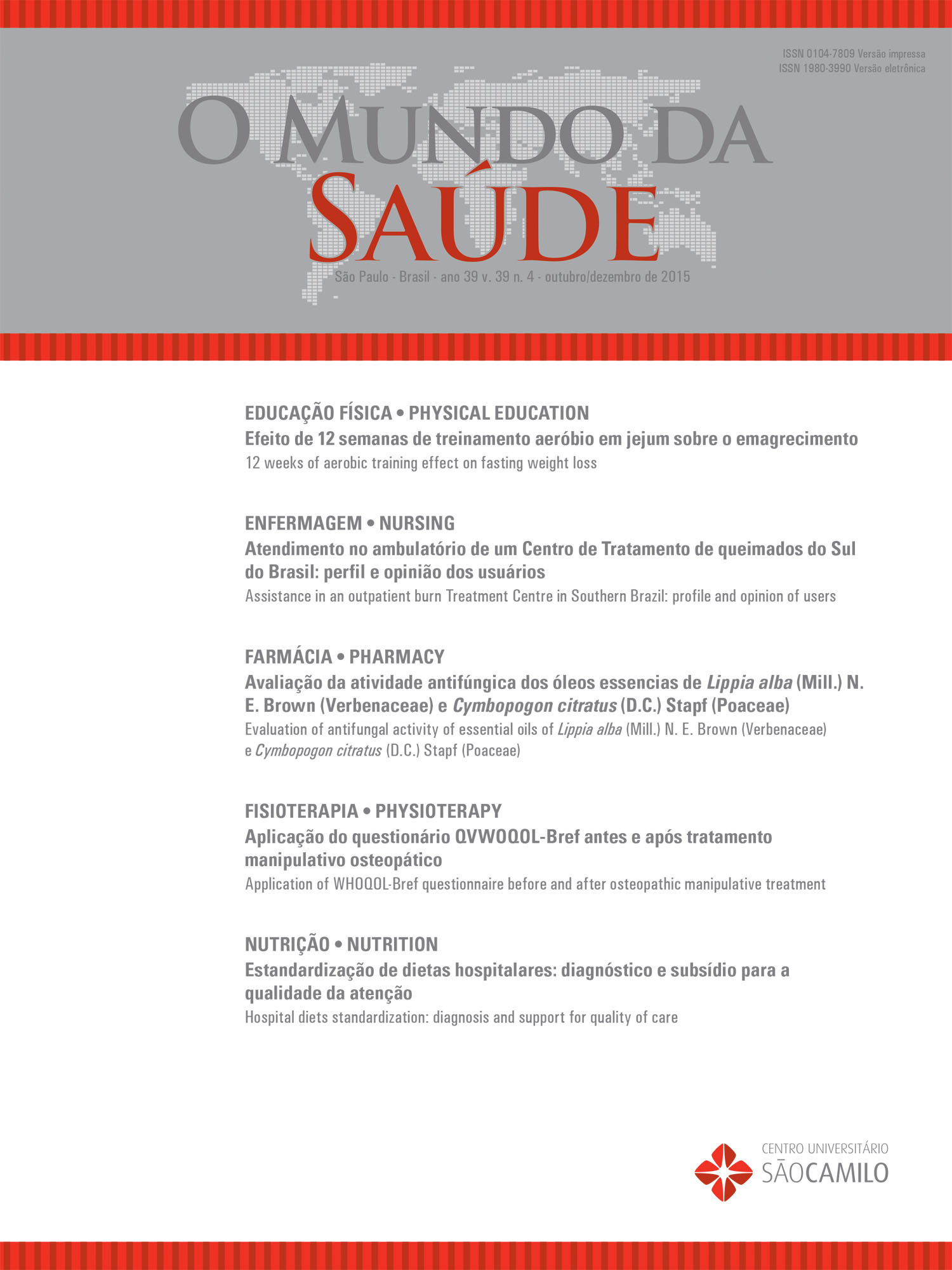Content and stability of vitamin C in industrialized and in natura juices
DOI:
https://doi.org/10.15343/0104-7809.20153904460469Keywords:
Ascorbic Acid, Juices, FruitsAbstract
It was sought to compare the content of vitamin C between fresh in natura and industrialized juices, ready to drink, imme-
diately after being prepared or in the opening package respectively, as well as, during the refrigerated storage. These results
were also related to the daily recommended intake of the vitamin for female and male adults. The sampling was composed
by orange, grape, mango, guava, tangerine and pineapple juices, three different industrialized brands were used one sample
of each, but guava and tangerine were used just two brands of each. The vitamin C tests were performed, using Tillman’s
methodology, immediately after the preparation or packing opening and on the fourth, eighth and twelfth following days. To
verify the costs, these data were related: juice vitamin C content, 200 ml cup volume, recommended intake and price paid
on the purchase. Higher vitamin C content was found mostly on the fresh in natura juice samples, and the industrialized
higher results were presented in only tangerine (brands B, G) and mango (brand E) flavors. Regarding the stability, it was
not possible to define which kind of juice, fresh or industrialized showed de higher one. The most favorable cost benefit
was presented on the fresh juices, depending on the fruits harvest. Thereby, is advisable the consumption of fresh fruits, as
juices as well as on its in natura state, as it has been shown on the present study.






























